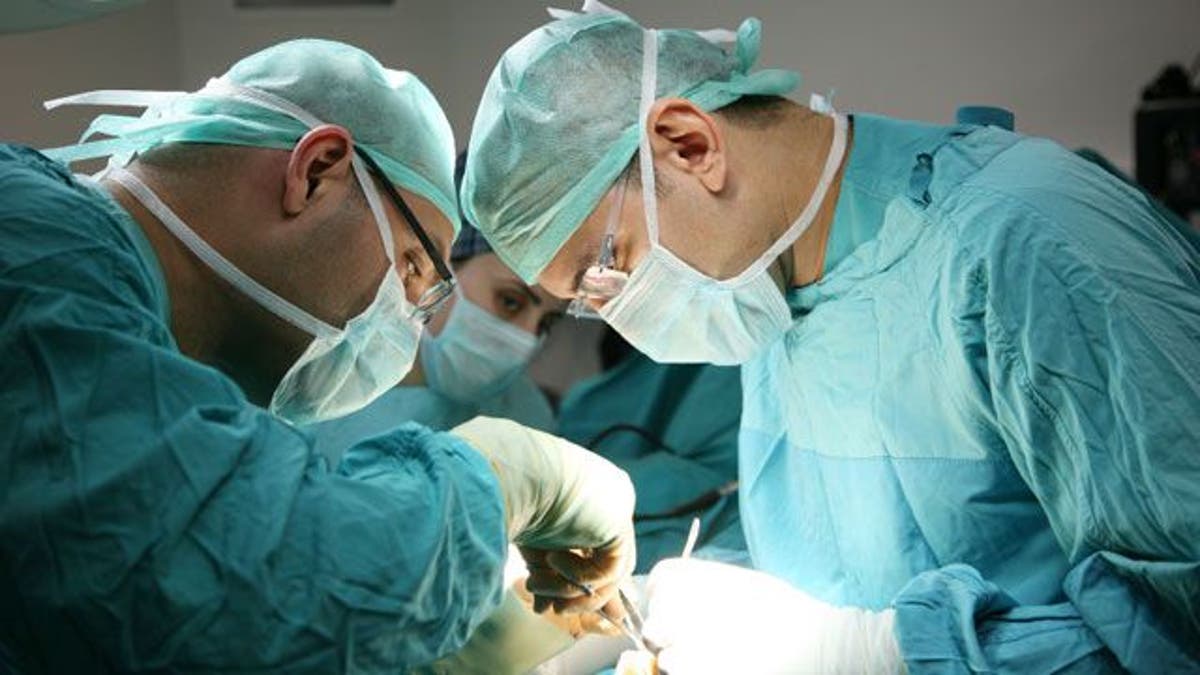
In 2011, 4,720 people in the U.S. died while waiting for a kidney transplant – yet over each of the past five years, government data indicates more than 2,600 kidneys recovered from deceased donors were discarded without being transplanted, The New York Times reported.
"The hardest decision we make in deceased organ transplant is whether to accept a given organ for a given patient. It's all odds, based on information that is incomplete at best," Dr. Gabriel Danovitch, the medical director of the kidney transplant program at Ronald Reagan UCLA Medical Center, told the New York Times.
The organs that aren’t accepted for transplantation are usually shipped to a research laboratory or sent to a medical waste incinerator.
While some organs do have unexpected problems that make them not viable for transplants, doctors told the New York Times that a “significant number” of discarded kidneys – even up to half – could be transplanted if there was a better system to allocate the kidneys to better-matched recipients.
According to these transplant surgeons, the current process is hindered by an outdated computer matching program, government oversight, over-reliance by doctors on inconclusive tests, and federal laws prohibiting age discrimination.
A recent computer simulation by the Scientific Registry of Transplant Recipients showed an overhaul of the system could add 10,000 years of life from one year of transplants, the New York Times said.
“There is no doubt that organs that can help somebody and have a survival benefit are being discarded every day,” Dr. Dorry Segev, a transplant surgeon at Johns Hopkins University School of Medicine in Baltimore, Md., told the New York Times.
The waitlist for deceased donor kidneys has approximately 93,413 people on it, according to the New York Times. These patients are divided into 58 districts. When a kidney becomes available within a given district, it is first offered to the person who has waited the longest. Some recipients are also given priority – such as children, people whose blood chemistry makes them difficult to match, and people who are well-matched to the donor.
If computer system can’t find a match within the district, the search expands to the district’s region, then across the entire nation, according to the New York Times. However, the kidneys begin to degrade once they’re recovered from a donor and put on ice – so time is limited. Most surgeons hope to perform the transplant within 24 to 36 hours.
Similar to how donated hearts, livers and lungs are allocated, surgeons hope the system will be revised to consider the projected life expectancy of the recipient or the urgency of the transplant.
